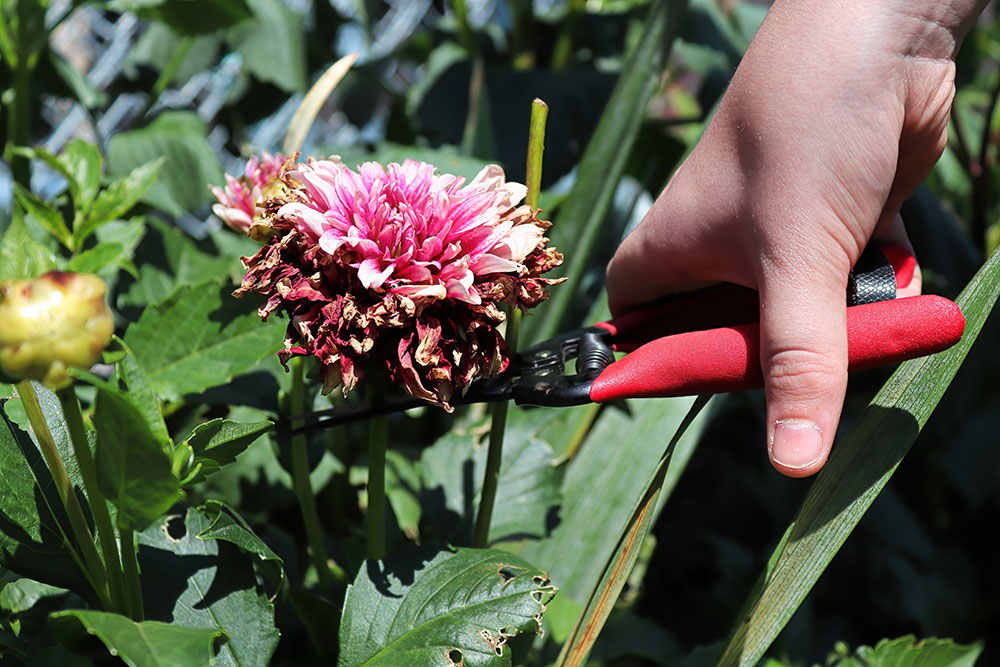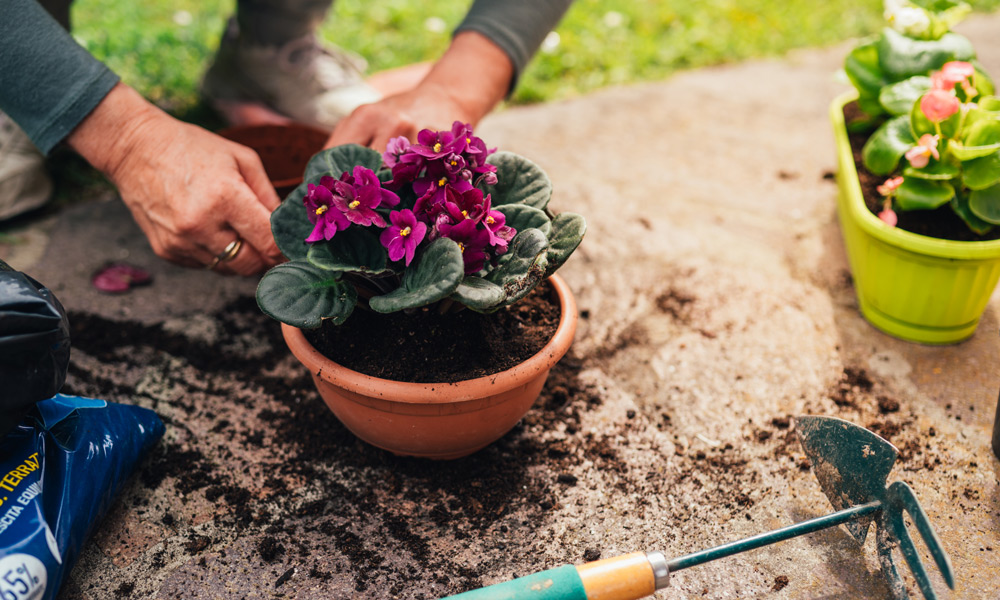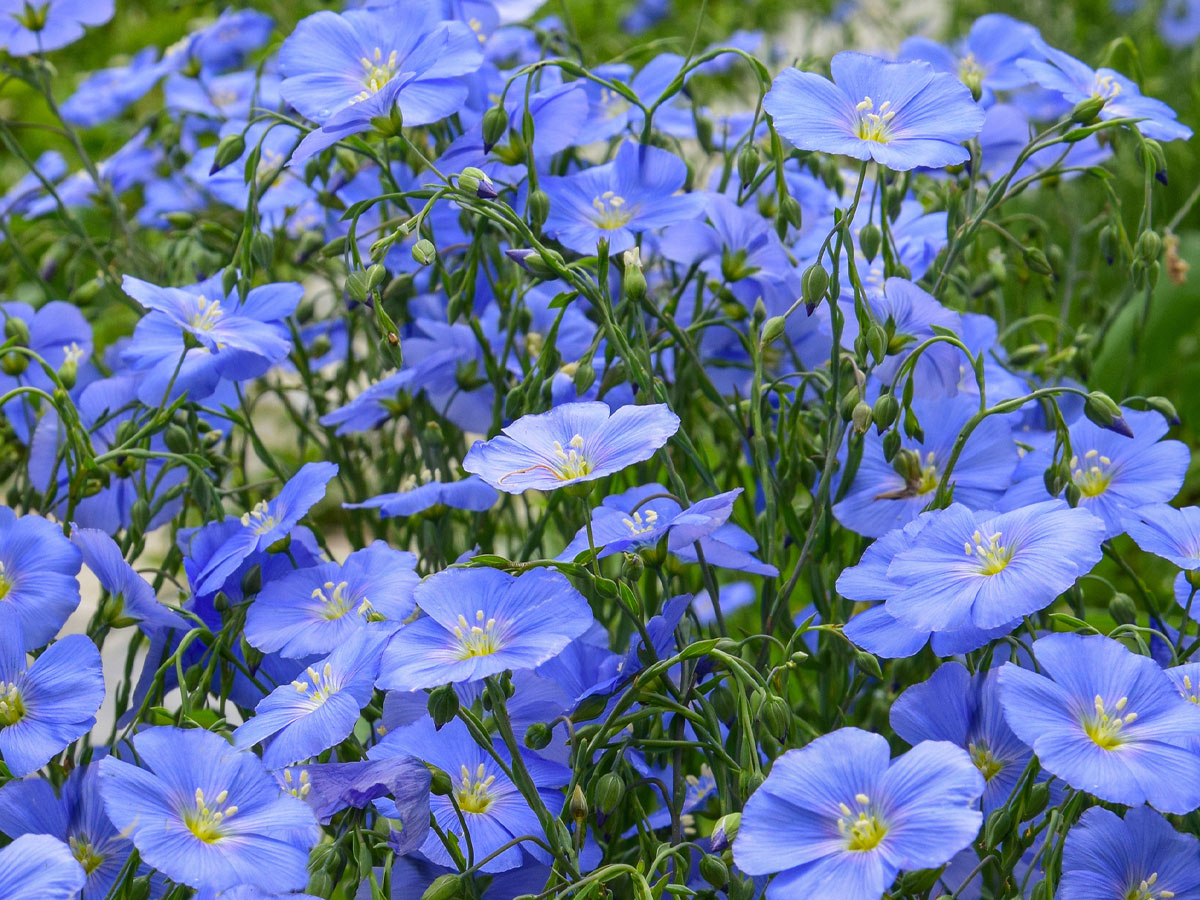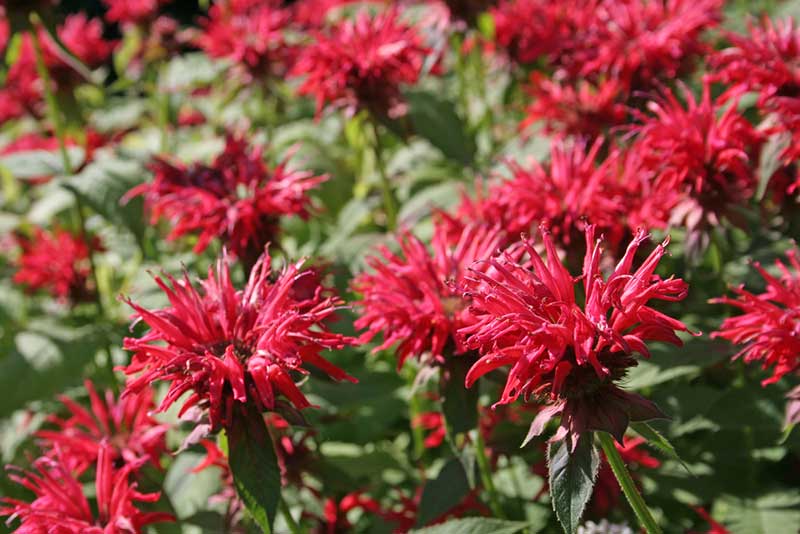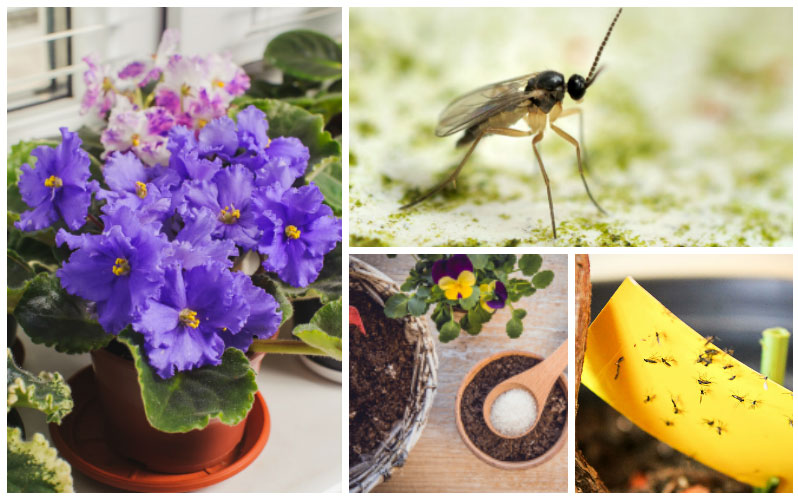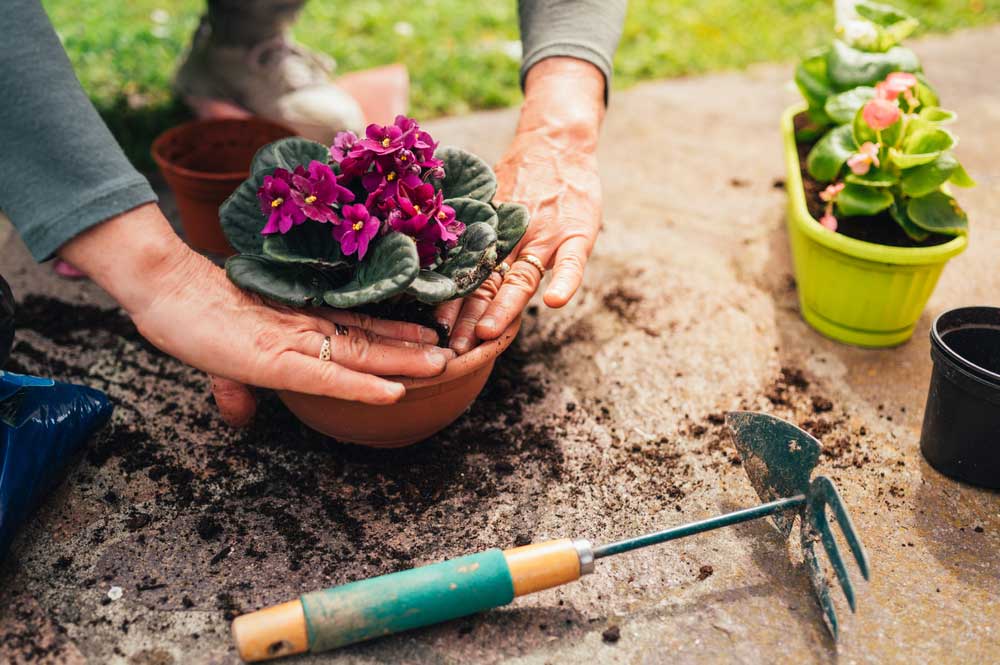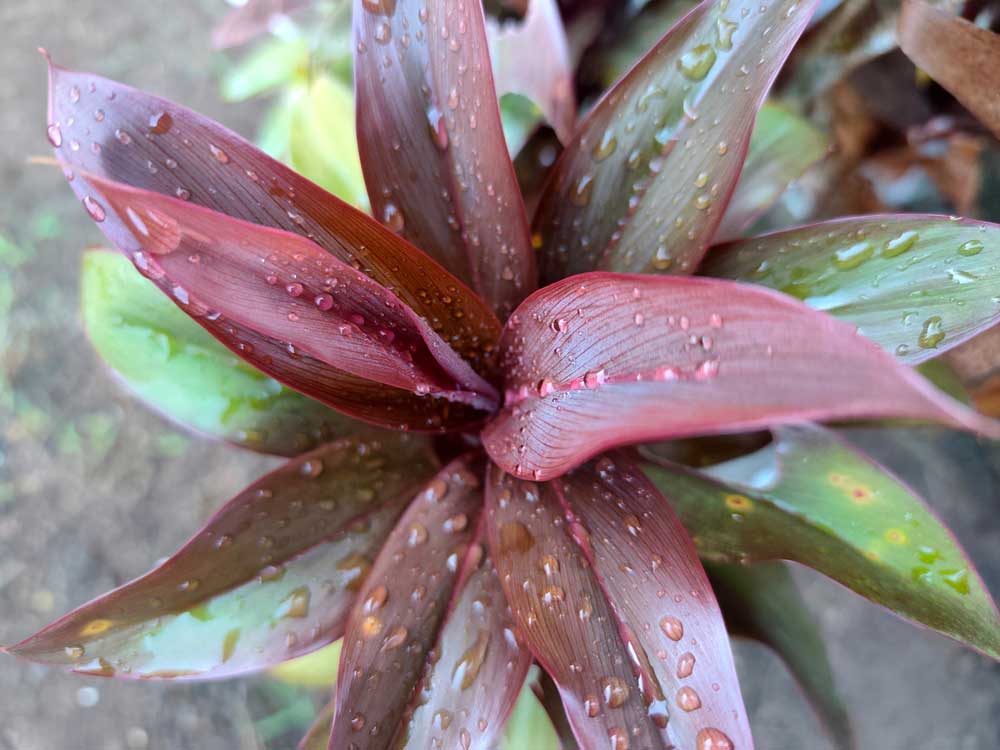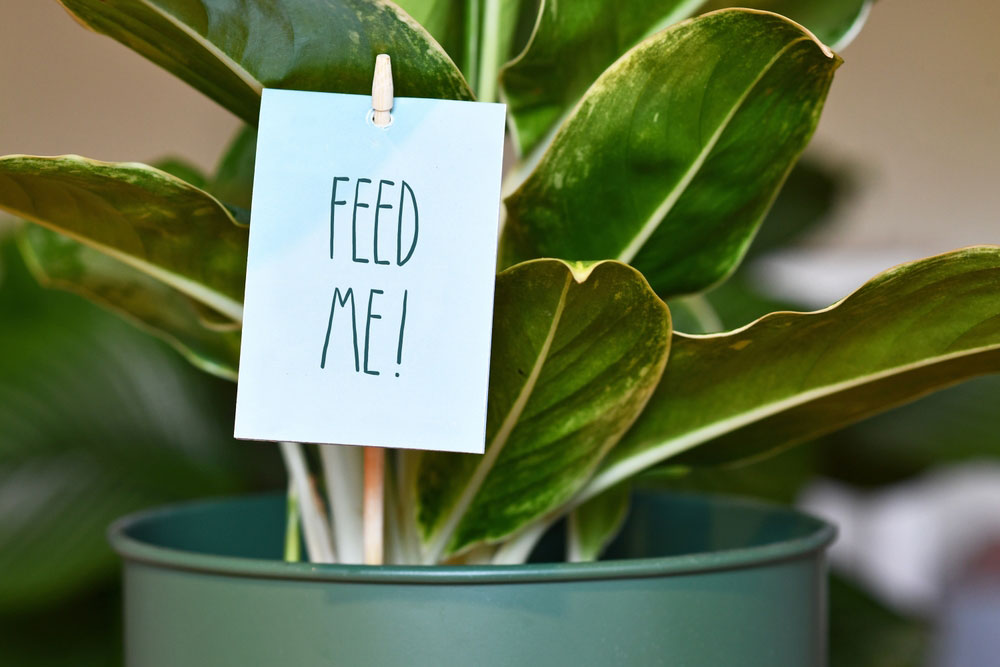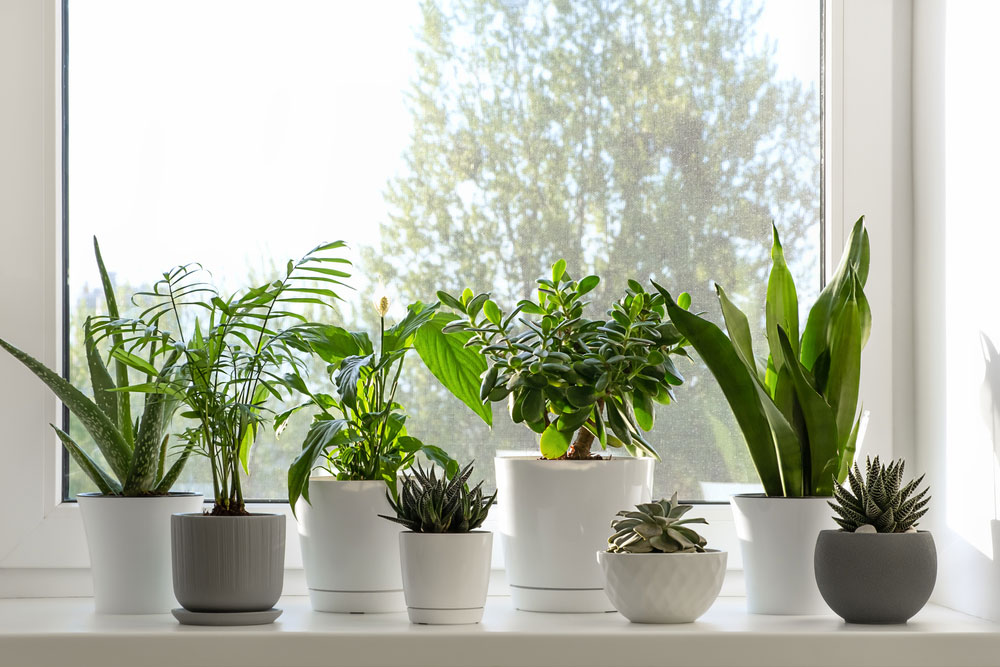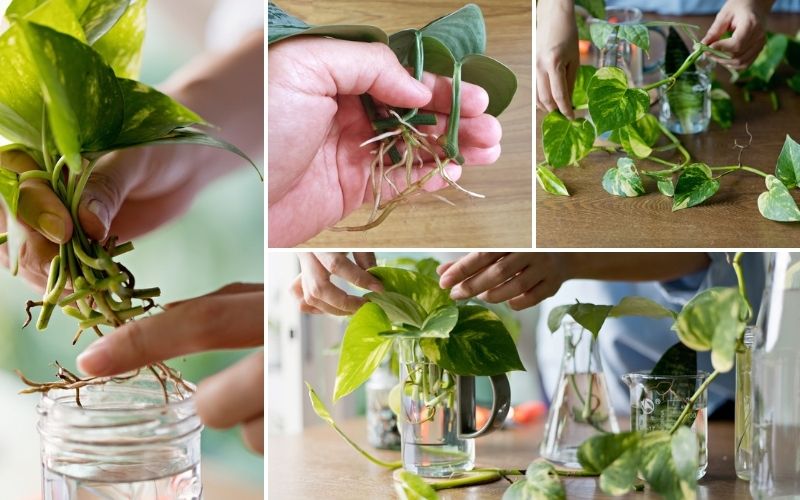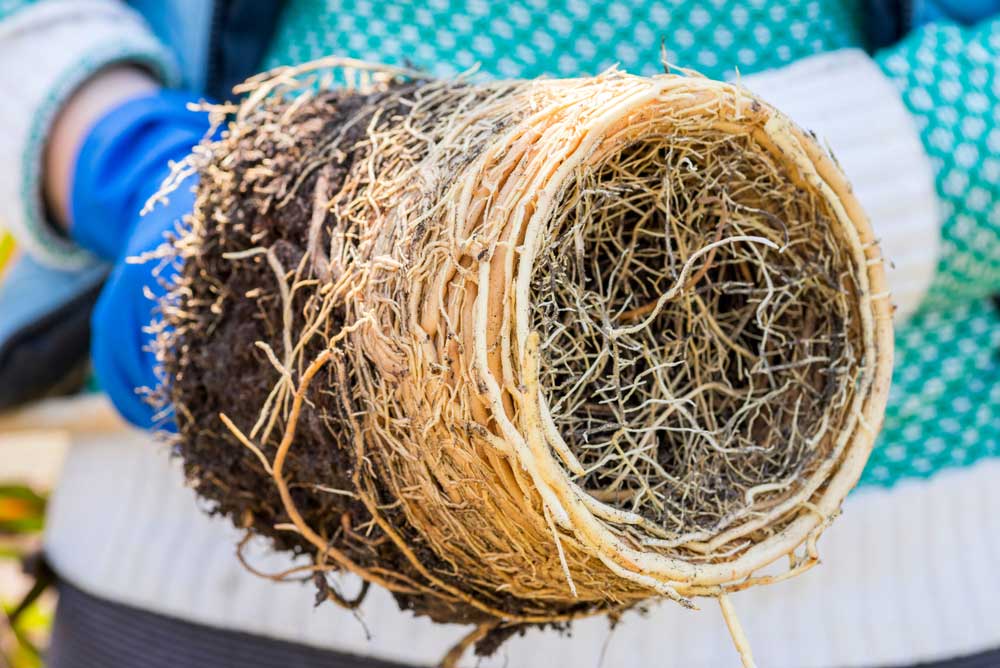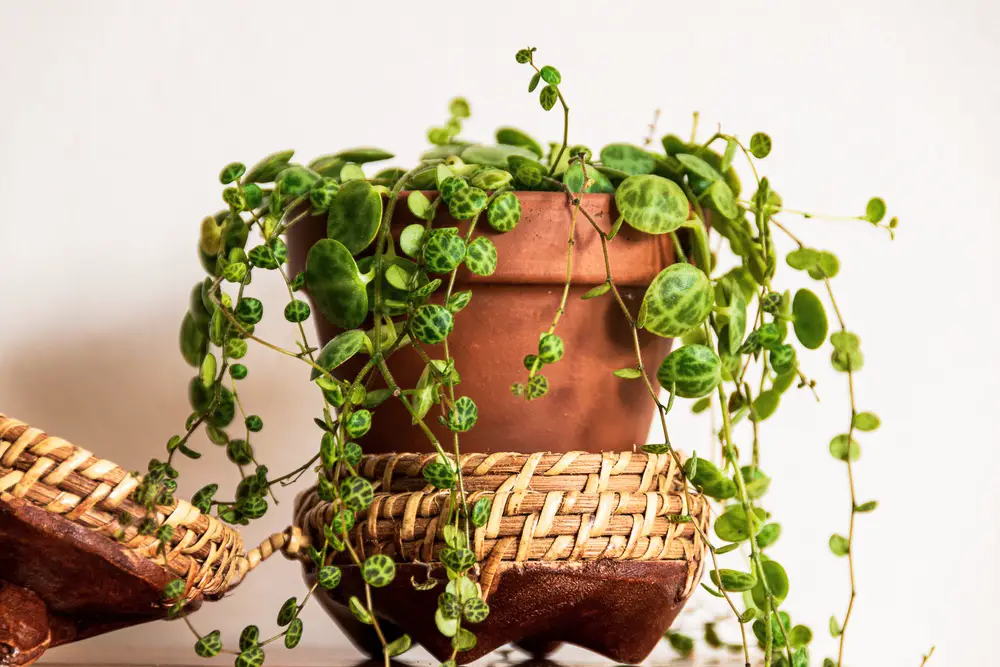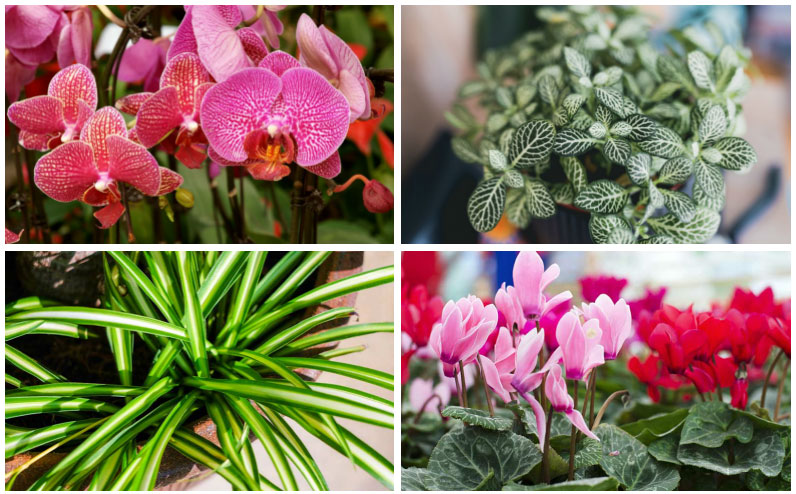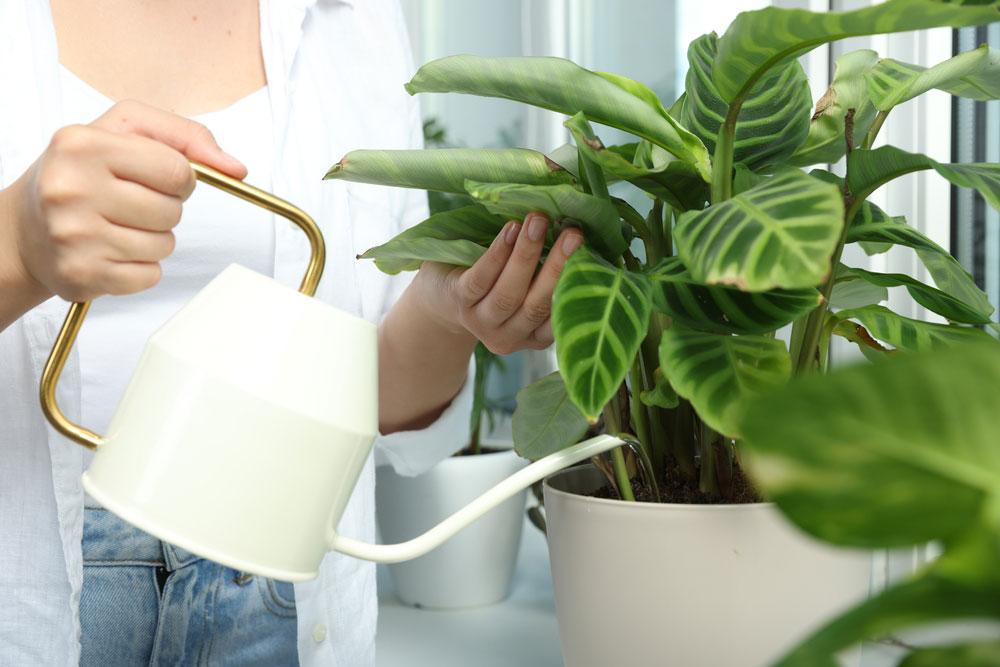
Are you standing there with your watering can, wondering why some of your houseplants are thriving while others look like they’re staging a dramatic protest? Well, let me ask you this: when was the last time you really considered that each plant on your windowsill has completely different watering needs?
If you’re like most plant parents, you might be treating all your green babies the same way – and that’s where things can go wonderfully wrong or frustratingly right!
Here’s the thing: some houseplants will practically throw a tantrum if you give them too much water, while others are secretly hoping you’ll be a little more generous with that watering schedule.
Today, we’ll go over the most common indoor watering mistakes and introduce you to 10 houseplants that will completely change how you think about watering. Let’s look at why understanding these preferences is absolutely crucial for creating your own thriving indoor jungle!
What Does “Hating Wet Feet” Really Mean Indoors?
Before we dive into our plant personalities, let’s talk about what we mean when we say a houseplant “hates wet feet.” In the indoor world, this refers to plants that simply cannot tolerate sitting in soggy potting mix or having water pooling in their saucers.
When these plants get too much love in the form of water, their roots begin to rot in the oxygen-starved soil. You’ll want to watch for telltale signs like yellowing leaves that start from the bottom up, mushy or blackened stems, or that unmistakable sour smell coming from the potting mix. If you’re seeing these symptoms, you might be drowning your plants with kindness!
5 Houseplants That Absolutely Despise Overwatering
1. Snake Plant
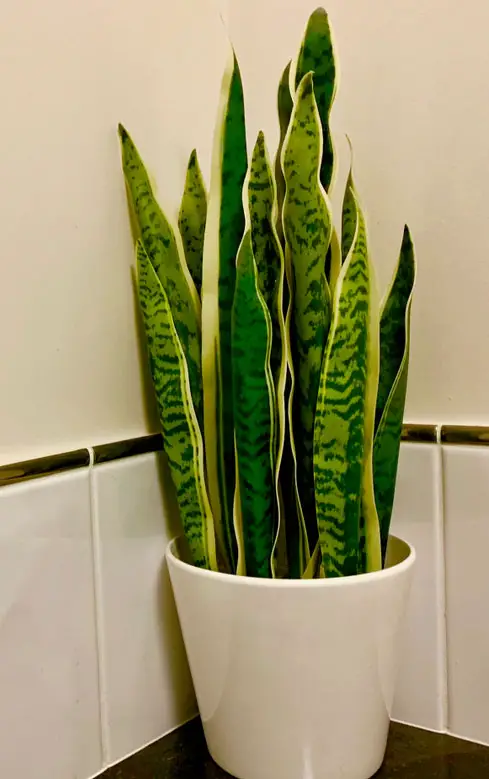
Let’s start with the ultimate “forget me, please” houseplant – the snake plant. These architectural beauties with their thick, upright leaves are practically bulletproof, if you can resist the urge to fuss over them with frequent watering.
Snake plants store water in their thick, succulent-like leaves, making them incredibly drought-tolerant. During the growing season, water them only when the soil is completely dry – which might be every 2-3 weeks. In winter, you can stretch that to once a month or even longer! The biggest killer of snake plants? You guessed it – overwatering.
Pro tip: If you’re someone who shows love through plant care, snake plants will teach you that sometimes the most loving thing you can do is absolutely nothing. They’re perfect for breaking the over-watering habit!
2. ZZ Plant
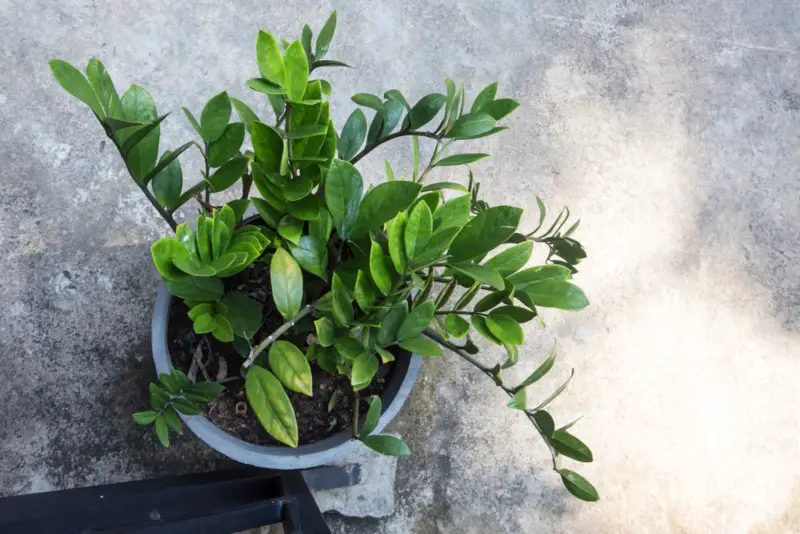
The ZZ plant, with its glossy, almost artificial-looking leaves, is another champion of the “less is definitely more” philosophy. These plants have evolved with underground rhizomes that store water like little reservoirs, making them incredibly forgiving of neglect.
What’s fascinating about ZZ plants is how they communicate their needs. When they’re genuinely thirsty, the leaves become slightly less glossy and firm to the touch. But even then, they’re not in any rush! Water them thoroughly when the soil is bone dry, then wait until it’s completely dry again – usually 2-4 weeks depending on your home’s conditions.
Warning signs: Yellow leaves and mushy stems are your ZZ plant’s way of saying “please stop being so helpful!” The good news? These resilient plants can often bounce back from overwatering if you catch it early and ease up on the water.
3. Jade Plant
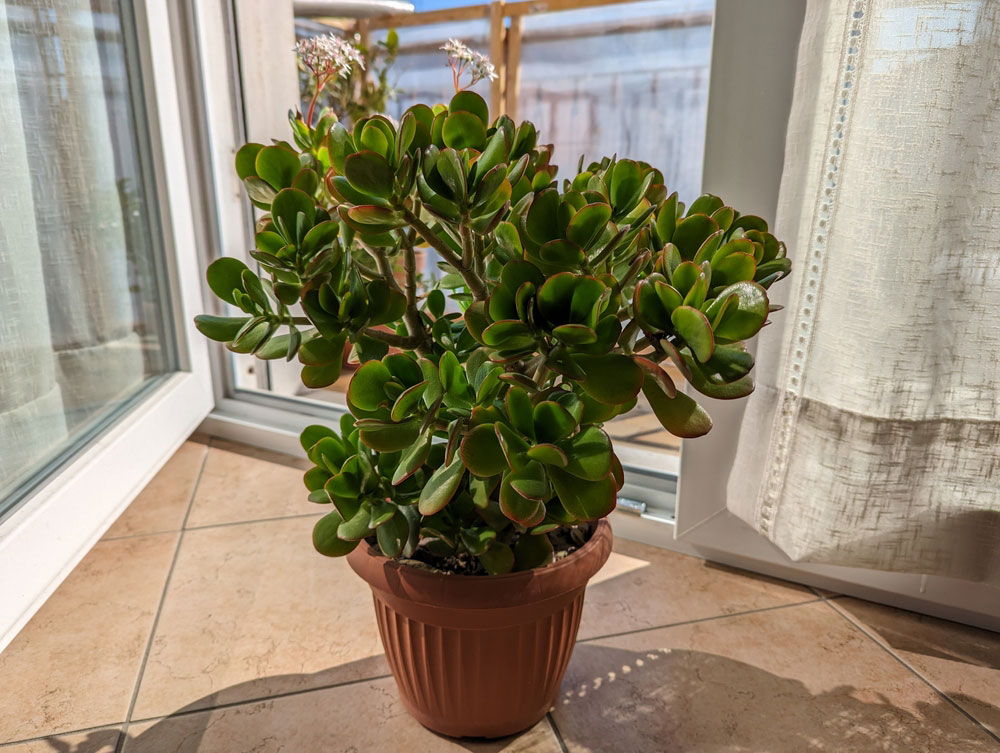
Jade plants are the wise elders of the succulent world, with their thick, coin-shaped leaves and that lovely tree-like growth habit that develops over time. These South African natives have adapted to survive long periods with minimal water, making them perfect for the forgetful plant parent.
The secret to jade plant happiness is understanding their rhythm. During spring and summer, they appreciate a thorough soaking – but only after the soil has dried out completely. In winter, they practically go into hibernation mode and need very little water. Some experienced plant parents water their jade plants only 2-3 times during the entire winter season!
Bonus insight: Jade plants that are slightly stressed by drought actually develop beautiful red edges on their leaves, so your restraint with the watering can might be rewarded with extra beauty.
4. Aloe Vera
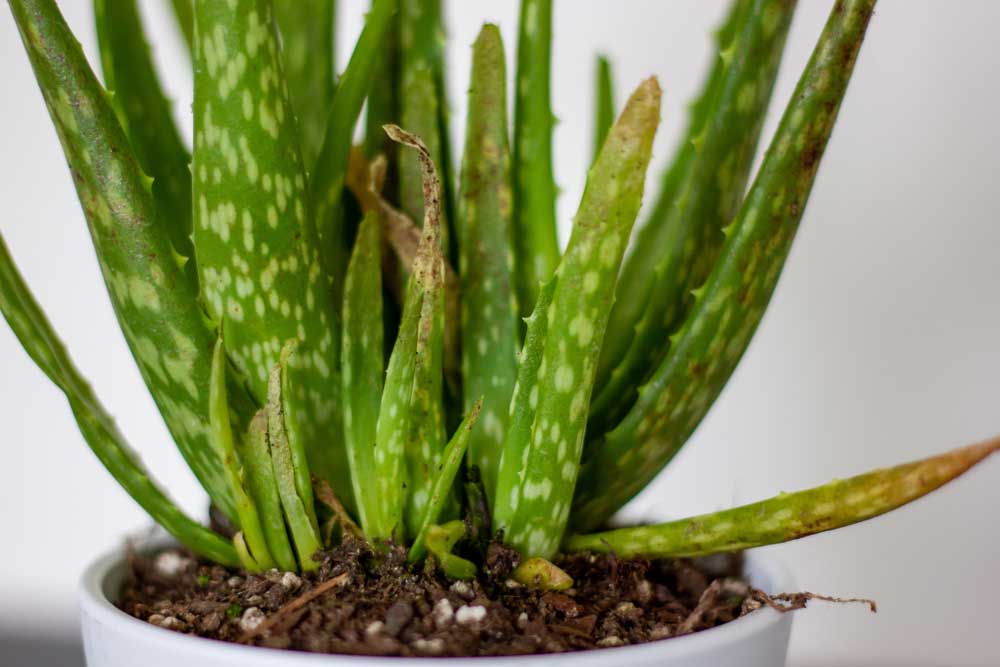
Aloe vera isn’t just great for sunburn relief – it’s also fantastic for teaching patience in plant care! These spiky succulents with their thick, gel-filled leaves are designed to store water for extended periods, making them incredibly low-maintenance houseplants.
The golden rule with aloe vera is to wait until the soil is completely dry, then wait a little longer. During warmer months, this might mean watering every 2-3 weeks. In winter, you can stretch that to once every 6-8 weeks or even longer. Always check that the soil is bone dry before reaching for that watering can.
Plant parent tip: Aloe leaves should feel firm and plump when the plant is happy. If they start looking a bit wrinkled or less firm, then – and only then – it’s time for a drink.
5. Rubber Plant
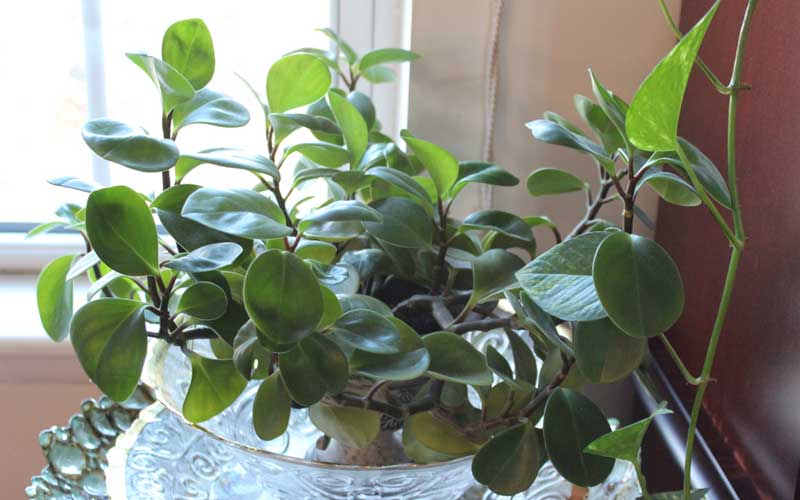
Now here’s where it gets interesting – rubber plants actually prefer to dry out between waterings, despite their lush, tropical appearance. These glossy-leaved beauties with their thick, oval leaves can handle more neglect than their dramatic good looks might suggest.
The key to rubber plant success is checking the top inch of soil before watering. When it’s dry to the touch, give your rubber plant a thorough drink, then wait for it to dry out again. This usually works out to about once a week during the growing season, but always let the plant and the soil tell you what they need rather than sticking to a rigid schedule.
Pro tip: Rubber plants will actually drop leaves if they’re getting too much water, so if yours is looking a bit bare, consider scaling back your watering rather than increasing it.
5 Houseplants That Love Generous Watering
Now let’s flip the script and talk about the houseplants that actually appreciate – or even crave – more frequent watering. These are the plants that will reward your attentive care with lush growth and vibrant foliage.
1. Peace Lily
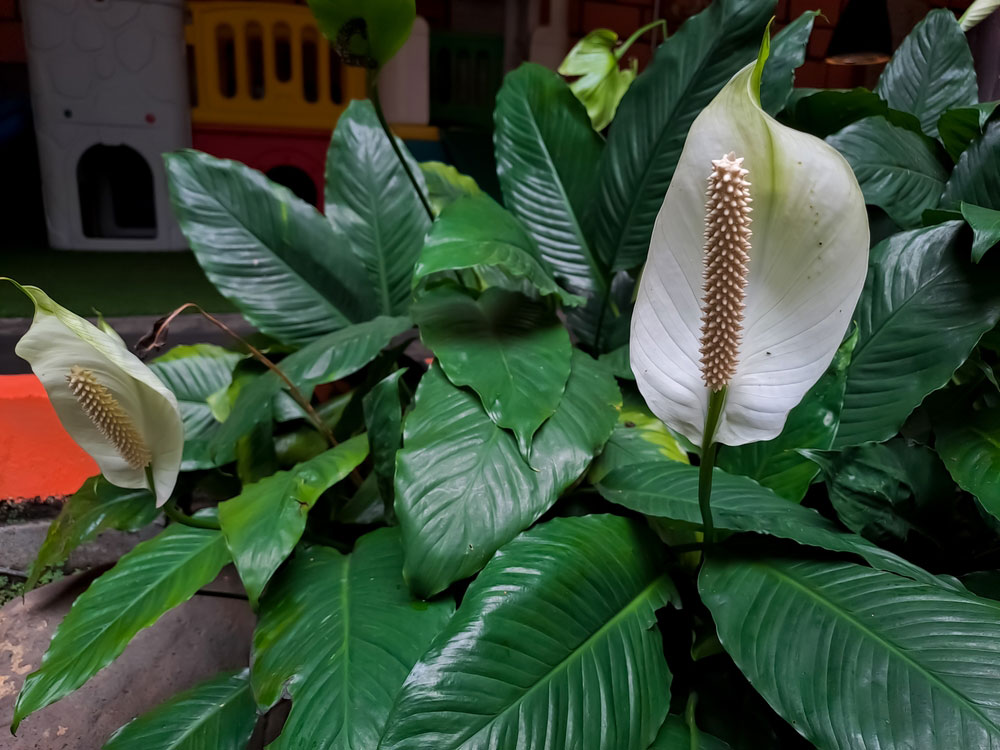
Peace lilies are the drama queens of the houseplant world, and I mean that in the most endearing way possible! These elegant plants with their dark green leaves and white flower spaths are absolutely shameless about letting you know when they need water.
When a peace lily is thirsty, it will dramatically droop its leaves in what can only be described as a full-scale botanical tantrum. The good news? Give it a thorough drink, and within hours, those leaves will perk right back up like nothing happened. Peace lilies prefer consistently moist (but not soggy) soil and will generally need watering about once a week.
Water quality tip: Peace lilies are sensitive to chemicals in tap water, so if possible, use filtered or distilled water, or let your tap water sit out overnight before using it.
2. Boston Fern
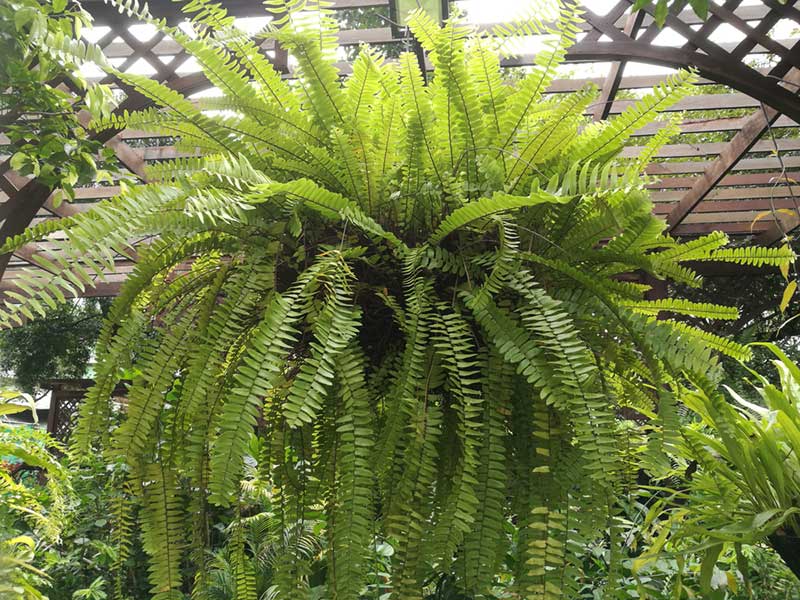
Boston ferns are the high-maintenance beauties of the houseplant world, but if you can meet their moisture needs, they’ll reward you with the most gorgeous, cascading fronds. These plants naturally grow in humid forest environments, so they expect consistent moisture both in their soil and in the air around them.
You’ll want to keep the soil consistently moist (think of a well-wrung sponge), and never let it dry out completely. This usually means watering every few days to once a week, depending on your home’s humidity levels. Boston ferns also appreciate being placed on a humidity tray or near a humidifier.
Bathroom placement: Many plant parents find success growing Boston ferns in bathrooms, where the natural humidity from showers helps keep these moisture-loving plants happy.
3. Calathea

Calatheas, also known as prayer plants, are absolutely stunning with their patterned leaves that fold up at night like hands in prayer. These tropical beauties are definitely on the “high maintenance” side when it comes to water and humidity needs, but they’re worth the extra attention.
Calatheas prefer consistently moist soil and high humidity. You’ll typically need to water them when the top inch of soil feels slightly dry – usually every 4-7 days depending on your home conditions. They’re also quite sensitive to water quality, so filtered or distilled water is often necessary to prevent brown leaf tips.
Humidity hack: Place your Calathea on a tray filled with pebbles and water to increase the humidity around the plant without making the soil soggy.
4. Spider Plant
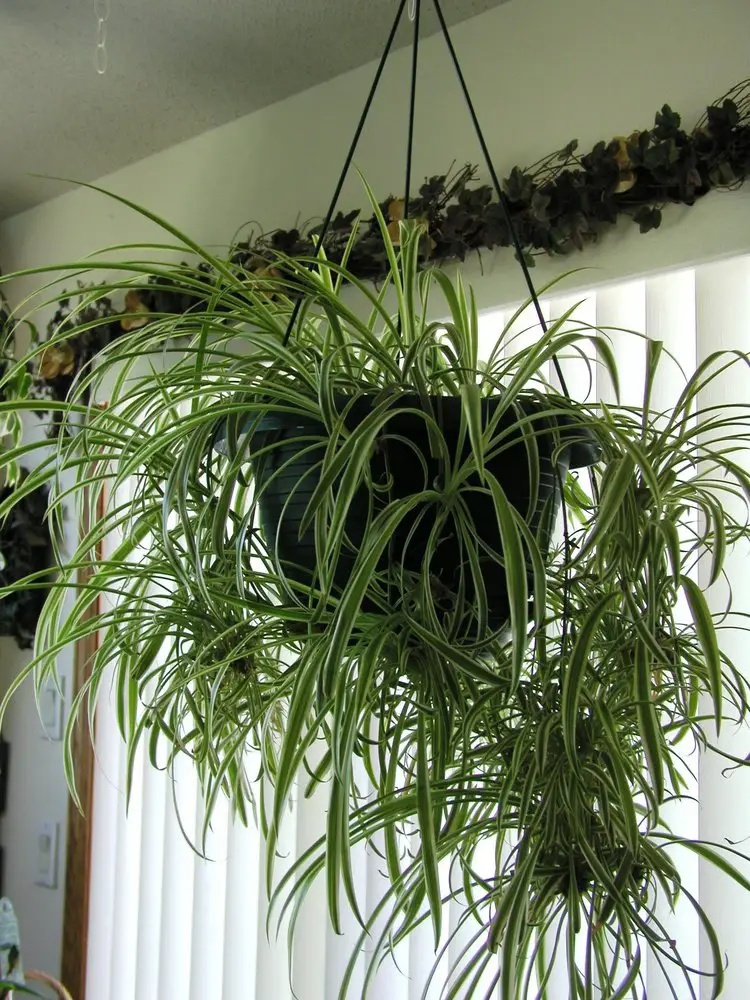
Spider plants are wonderfully forgiving and adaptable, but they definitely prefer more water than less. These cheerful plants with their arching, striped leaves and adorable baby plantlets are excellent for beginners who tend to water frequently.
Spider plants like their soil to stay lightly moist most of the time. While they can tolerate drying out occasionally, they perform best with regular watering – usually every few days to once a week. The bonus? Spider plants are excellent at increasing indoor humidity levels, so they’re actually helping create better conditions for your other moisture-loving plants!
Propagation bonus: Those baby spider plants that dangle from the mother plant can be rooted in water, making them perfect for sharing with friends or expanding your own collection.
5. Pothos
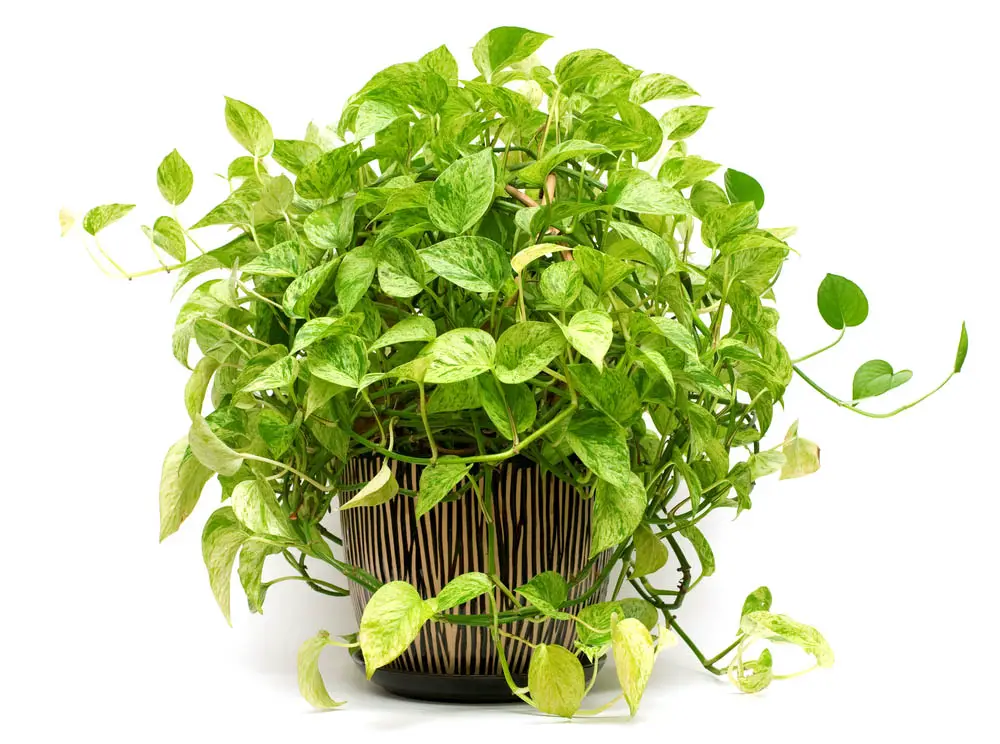
Let’s finish our moisture-loving list with the beloved pothos – probably one of the most popular houseplants for good reason! These trailing vines with their heart-shaped leaves are incredibly adaptable, but they definitely prefer consistent moisture over drought conditions.
Pothos appreciate being watered when the top inch or two of soil feels dry, which usually works out to about once a week. They’re quite forgiving if you occasionally forget, but they’ll reward consistent care with faster growth and more vibrant foliage. Plus, pothos can be grown in water indefinitely, which tells you something about their moisture preferences!
Versatility bonus: Pothos can be trained to climb, left to trail, or even grown as a tabletop plant, making them incredibly versatile for any indoor space.
Reading Your Indoor Garden: Signs You’re Getting It Right
Learning to read your houseplants takes practice, but they’re surprisingly good at communicating their needs once you know what to look for. Overwatered plants often show yellowing leaves (usually starting from the bottom), soft or mushy stems, and may develop a funky smell from the soil. You might also notice an increase in fungus gnats – those annoying little flies that love moist potting mix.
Underwatered plants typically show crispy, brown leaf edges, wilting, and soil that pulls away from the edges of the pot. Some plants, like peace lilies, will dramatically droop to let you know they’re thirsty, while others might drop leaves or show slower growth.
The Indoor Plant Parent’s Secret: Match Plants to Your Style
Here’s what I’ve learned after years of indoor gardening: successful plant parenting isn’t about having a green thumb – it’s about understanding your own habits and choosing plants that work with your natural tendencies.
Are you someone who finds watering plants relaxing and tends to check on them daily? Go for those moisture-loving plants like peace lilies, Boston ferns, and Calatheas. They’ll thrive under your attentive care and reward you with lush, vibrant growth.
If you’re more of a “set it and forget it” person who travels frequently or has a busy schedule, those drought-tolerant plants like snake plants, ZZ plants, and jade plants will be your best friends. They’ll actually prefer your hands-off approach!

